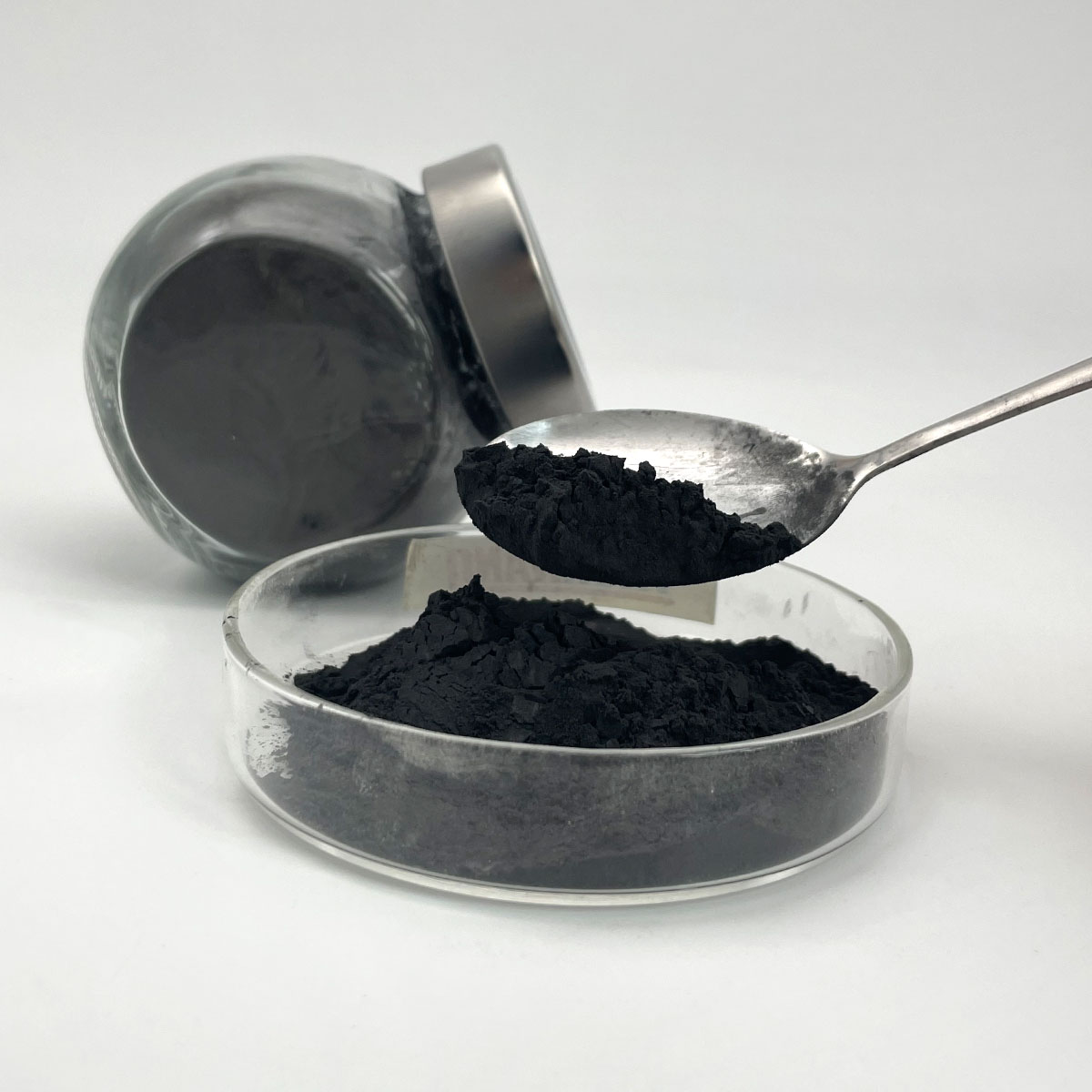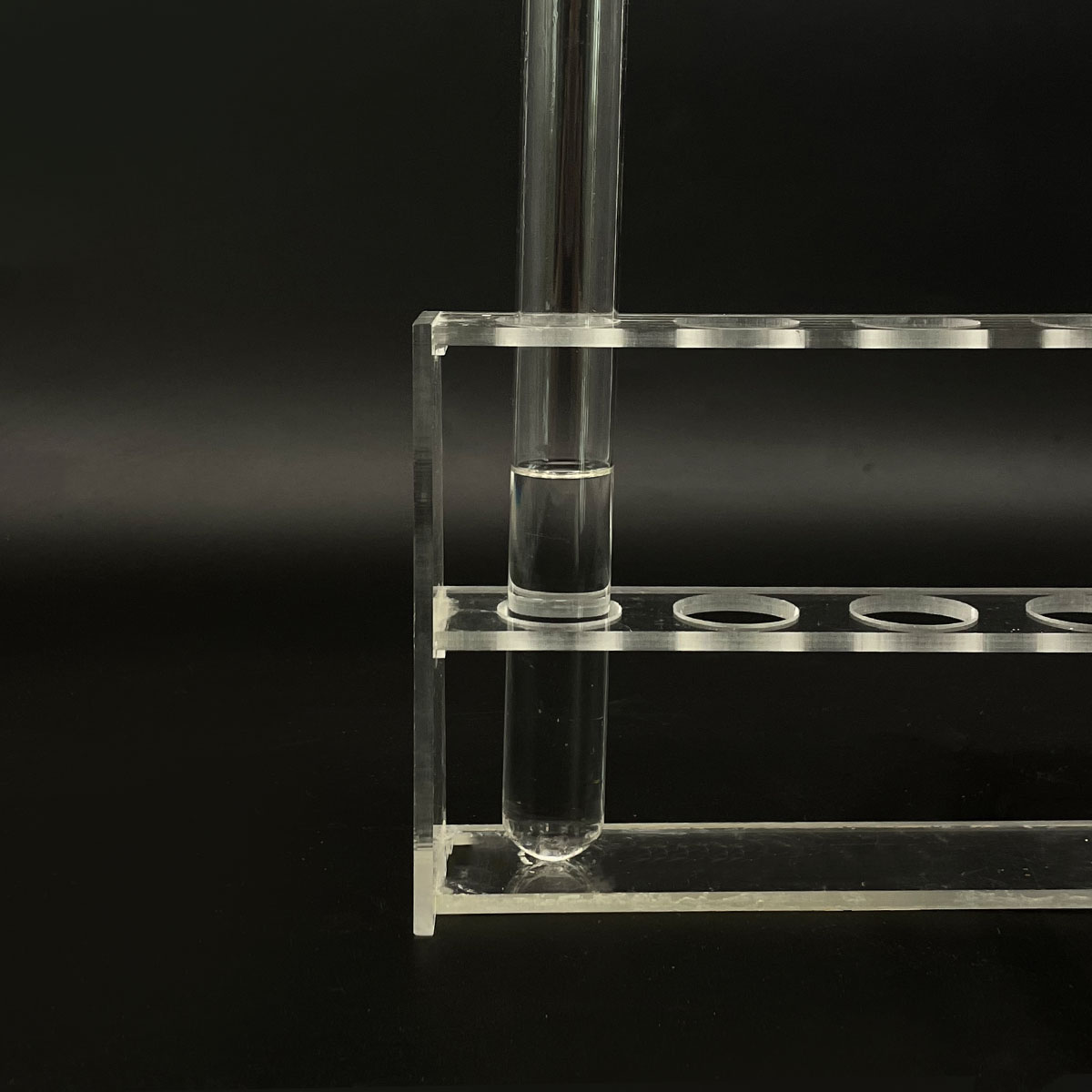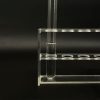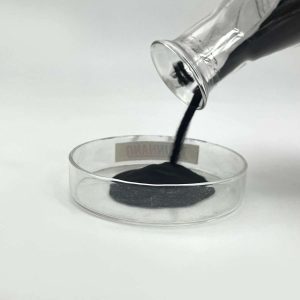Overview of Polyol/Polymer Polyol/Pop 15%/Pop 45% for Polyurethane Foam
Polymer surfactants, also known as polymeric surfactants or amphiphilic polymers, are high-molecular-weight compounds that combine the properties of traditional low-molecular-weight surfactants with the unique features of polymers. Unlike small molecule surfactants, polymer surfactants offer enhanced stability, improved solubility, and the ability to form more complex structures such as micelles, hydrogels, and vesicles. These macromolecules find applications across a wide range of industries due to their tailored structures and tunable properties, which allow for precise control over interfacial behavior and solution rheology.
Features of Polyol/Polymer Polyol/Pop 15%/Pop 45% for Polyurethane Foam
-
Molecular Weight and Structure: With a much higher molecular weight, polymer surfactants offer enhanced stability in harsh conditions and over prolonged periods compared to small molecule surfactants.
-
Tunability: The structure of polymer surfactants can be precisely engineered to include different functional groups, monomer sequences, and architectures, allowing for specific interactions and properties.
-
Multifunctionality: Apart from surface activity, they can also provide additional functionalities like thickening, rheology modification, and controlled release capabilities.
-
Self-Assembly: Capable of forming sophisticated self-assembled structures like micelles, hydrogels, and vesicles, which can encapsulate or release active ingredients in a controlled manner.
-
Environmental Compatibility: Many polymer surfactants are designed to be biodegradable and less toxic, making them suitable for eco-friendly applications.
-
Temperature and pH Responsiveness: Some polymer surfactants exhibit responsive behavior to changes in temperature or pH, enabling stimuli-responsive systems.

(Polyol/Polymer Polyol/Pop 15%/Pop 45% for Polyurethane Foam)
Specification of Polyol/Polymer Polyol/Pop 15%/Pop 45% for Polyurethane Foam
Polyol/Polymer Polyol (POP) 15%/ POP 45% is used to make polyurethane foam. This material is crucial for flexible and rigid foam in furnishings, insulation, automobile parts, and extra. The product combines polyols with polymer particles to enhance foam stamina and efficiency. Polyol is the base element. It responds with isocyanates to develop foam. Polymer Polyol includes strong bits to the mix. These fragments make the foam harder and extra sturdy. POP 15% has 15% polymer material. POP 45% has 45% polymer content. Greater polymer content implies stronger foam. Reduced polymer web content develops softer foam.
POP 15% prevails in products needing flexibility. Instances include bed mattress paddings and car seats. It stabilizes convenience and assistance. POP 45% fits applications requiring rigidness. Examples consist of insulation panels and heavy-duty packaging. The higher polymer material withstands compression and wear. Both grades work in slabstock or shaped foam processes.
Key specs include thickness, hydroxyl value, and polymer material. Thickness influences how conveniently the product flows. Lower thickness implies less complicated mixing. Higher viscosity may need adjustments in handling. Hydroxyl worth establishes reactivity. A greater hydroxyl worth quicken treating. Polymer content specifies foam density and firmness. POP 15% has a hydroxyl worth of 24-36 mg KOH/g. POP 45% ranges from 14-22 mg KOH/g. Both qualities have low level of acidity and wetness material. This guarantees steady reactions throughout foam production.
Storage problems matter. Maintain the product in sealed containers. Store it in an awesome, completely dry location. Avoid direct exposure to dampness or severe temperatures. Service life is commonly 6-12 months. Check producer standards for precise details.
The item is compatible with ingredients like fire retardants or colorants. Readjust formulations based upon end-use demands. Checking tiny batches is recommended prior to full-scale manufacturing. This ensures desired foam homes are attained.
Security preventative measures consist of putting on gloves and goggles. Guarantee appropriate air flow throughout handling. Adhere to regional policies for chemical use and disposal. Technical assistance is offered for personalized solutions. Give information about your application to get tailored services.

(Polyol/Polymer Polyol/Pop 15%/Pop 45% for Polyurethane Foam)
Applications of Polyol/Polymer Polyol/Pop 15%/Pop 45% for Polyurethane Foam
Polyol and polymer polyol (POP) are essential materials in making polyurethane foam. Polyol responds with isocyanates to develop the foam structure. Polymer polyol adds toughness and flexibility. POP 15% and POP 45% refer to the polymer content in the polyol blend. Greater polymer material boosts load-bearing capacity and toughness. These materials are utilized across industries for different foam needs.
In furniture, polyol-based foams produce soft paddings and cushions. POP 15% is often utilized here. It stabilizes comfort and assistance. Couches and beds benefit from this mix. The foam remains shape-resistant in time. POP 45% is utilized in high-stress applications. Safety seat and office chairs require more powerful foam. The higher polymer web content takes care of continuous use without sagging.
The automotive industry relies on these products. Car insides make use of polyurethane foam for seats and headrests. POP 45% ensures resilience under hefty usage. It additionally minimizes weight, improving gas effectiveness. Sound insulation in lorries uses polyol-based foam. It absorbs noise for a quieter adventure.
Building and construction uses polyurethane foam for insulation. Polyol-based foam fills up voids in walls and roofs. It catches air, keeping structures warm or amazing. POP 15% benefits basic insulation panels. POP 45% is selected for architectural panels needing extra stamina. The foam withstands dampness and mold and mildew, expanding structure life.
Shoes suppliers utilize these materials for footwear soles. Polyol produces light-weight, supported midsoles. POP 45% includes sturdiness for sporting activities footwear. The foam soaks up effect throughout running or jumping. It lasts longer under duplicated stress and anxiety.
Packaging materials take advantage of polyurethane foam. Delicate items are protected with custom foam inserts. Polyol-based foam adapts to product forms. POP 15% prevails for day-to-day product packaging. POP 45% shields heavy or fragile equipment throughout shipping.
Devices like refrigerators use polyol foam for insulation. It maintains temperatures steady while conserving energy. Washing makers make use of foam to lower vibration noise. The product’s adaptability manages equipment movements without breaking.
Polyol and polymer polyol blends fulfill diverse needs. They adjust to soft or inflexible foam demands. Industries pick POP 15% or 45% based on strength and cost requirements. The appropriate mix enhances product efficiency and long life.
Company Profile
SurfactantChina is a trusted global chemical material supplier & manufacturer with over 12-year-experience in providing super high-quality surfactant and relative products.
The company has a professional technical department and Quality Supervision Department, a well-equipped laboratory, and equipped with advanced testing equipment and after-sales customer service center.
If you are looking for high-quality surfactant and relative products, please feel free to contact us or click on the needed products to send an inquiry.
Payment Methods
L/C, T/T, Western Union, Paypal, Credit Card etc.
Shipment
It could be shipped by sea, by air, or by reveal ASAP as soon as repayment receipt.
5 FAQs of Polyol/Polymer Polyol/Pop 15%/Pop 45% for Polyurethane Foam
Polyol is a key component in polyurethane foam production. It reacts with isocyanates to create foam. Polymer Polyol (Pop) adds strength. Pop 15% and Pop 45% refer to polymer content. Higher polymer levels improve load-bearing capacity. Lower levels offer softer foam.
What is Polyol?
Polyol is a chemical used to make polyurethane foam. It mixes with isocyanates to start a reaction. This reaction creates foam. Polyol determines foam softness, density, and flexibility. Different polyol types suit different applications.
How does Polymer Polyol differ from regular Polyol?
Polymer Polyol contains solid particles. Regular Polyol does not. These particles make foam stronger. Pop improves durability and load-bearing. Regular Polyol makes basic foam. Pop is used for high-performance foam.
Why choose Pop 15% over Pop 45%?
Pop 15% has less polymer content. It makes softer, more flexible foam. This suits furniture cushions or mattress layers. Pop 45% has more polymer. It creates firmer foam for heavy use. Car seats or industrial padding often use Pop 45%.
What applications suit Polyol-based foam?
Polyol foam is common in furniture, mattresses, and insulation. Soft foam works for bedding. Firm foam fits automotive seats. Insulation foam uses specific polyol blends. The choice depends on needed flexibility and strength.
How should Polyol and Pop be stored?
Store Polyol and Pop in sealed containers. Keep them dry. Moisture causes unwanted reactions. Avoid extreme heat or cold. Ideal storage temperatures are between 50°F and 90°F. Check expiration dates. Old material may not work properly.
What safety measures apply when handling Polyol?
Wear gloves and goggles. Avoid skin contact. Use in ventilated areas. Fumes can irritate lungs. Follow supplier guidelines for disposal. Spills should be cleaned immediately. Keep away from open flames.

(Polyol/Polymer Polyol/Pop 15%/Pop 45% for Polyurethane Foam)





